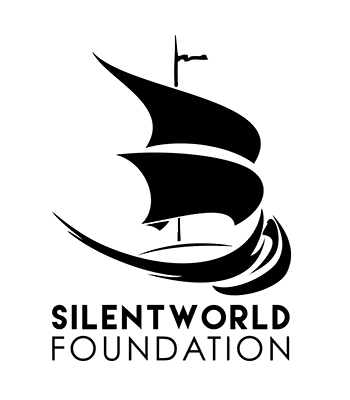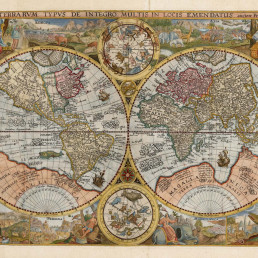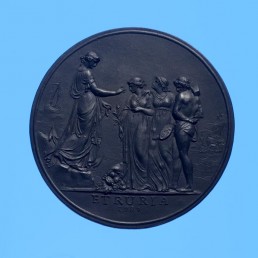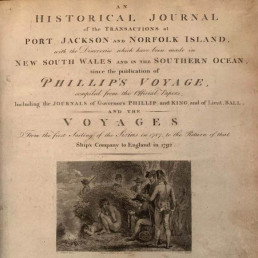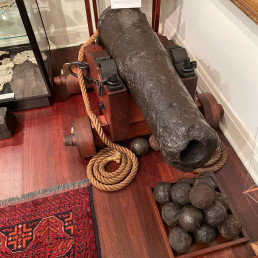
Name/TitlePortrait of Sir Joseph Banks
About this objectSir Joseph Banks (1743-1820), naturalist and patron of science, was educated at Harrow and Eton, followed by Christ Church, Oxford. After his father died in 1761, blessed with considerable means, he left Oxford without taking a degree and chose to devote his leisure to natural science. In 1766 he was elected a fellow of the Royal Society and was president from 1778 until his death. He was created a baronet in 1781, appointed K.C.B. in 1795, and a member of the Privy Council in 1797.
When in 1768 the Royal Society persuaded the Admiralty to send James Cook in command of an expedition in August 1768 to observe the transit of Venus, it urged that Joseph Banks… a Gentleman of large fortune… well versed in natural history’ should be permitted to join the expedition ‘with his Suite’. On returning from the epic voyage and the famous discovery of the East Australian coast, Banks and Solander were presented to George III and the huge collections of seeds, plants, shells, insects, bottled specimens, native implements and reams of notes and drawings were taken to Banks’ London house. Under royal patronage, Banks founded Kew Gardens and the establishment of a great collection of exotics from all over the world. It has been estimated that during George III’s reign alone, some 7000 new exotic plants were introduced into England, chiefly by Banks.
In 1779 when the government was searching for a new location for a penal settlement, Banks strongly recommended Botany Bay as a suitable place. Banks became the acknowledged authority on New South Wales and corresponded with all the governors from Phillip to Macquarie. In his last years Banks was crippled by gout, yet he remained, even in his wheelchair, a venerable and formidable figure, especially when presiding at the Royal Society in full court dress and wearing the Order of the Bath. He died at his house on 19 June 1820, and was buried in Heston church, near Hounslow. He had no children. Due to his keen interest in the colony, Banks has been called ‘the Father of Australia’.
MakerSamuel Reynolds - Engraver
Maker RoleEngraver
MakerSamuel Cousins - Engraver
Maker RoleEngraver
Edition1822
Date Made1822
Period19th century
Medium and MaterialsMezzotint. Paper and ink.
Place MadeLondon, United Kingdom
Object TypeEuropean Portraits
Object numberSF000684
Copyright Licence![]() Attribution - Non-commercial - No Derivatives (cc)
Attribution - Non-commercial - No Derivatives (cc)
Explore by category
Maps and Charts
Date range: 1541-1836
Ship Models
Date range: 1629-1890
Maritime Paintings
Date range: 1793-1849
Manuscripts and Ephemera
Date range: 1768-c1850
Medallions & Convict Tokens
Date range: 1619-1880
Landscapes
Date range: 1768-c1850
Books
Date range: 1694-c1850
Currency and Shares
Date range: 1624-1823
Printed Material
Date range: 1541-1836
Maritime Archaeology
Date range: 1629-1854
Curator's corner
New acquisitions, staff favourites and curios
The mug is decorated with an underglaze and a blue transfer print. On the body, it is titled ‘Emigrants to Australia’. This type of body and glaze was discontinued by 1840. Comparison of the handle shape and the profile of the foot, point to the attribution of manufacture by the Davenport Factory.
Delta was a ship-rigged vessel with two decks and three masts. It was built in Dordrecht, Netherlands in 1839 at the shipyard of Jan Schouten and registered in the same port. Its hull was constructed of oak and sheathed in ‘yellow metal’. Delta was owned by H. van der Sande at the time of its loss and was engaged as a cargo trader.
The Delta carried 29 crew and passengers, while sailing from Melbourne to Batavia in ballast when wrecked at Kenn Reefs on 30 May 1854 whilst under the command of Captain J.G. Kunst. This vessel loss supports the pattern of shipwrecks located on a well-travelled shipping route that was poorly charted until the mid-nineteenth century. The crew of the Delta could see four other shipwrecks at Kenn Reefs at the time of their vessel’s loss.
Important image of a ship associated with Matthew Flinders, that would shortly become one of the most famous early shipwrecks in eastern Australian waters. This is a fine ship’s portrait, by one of the great exponents of the art
